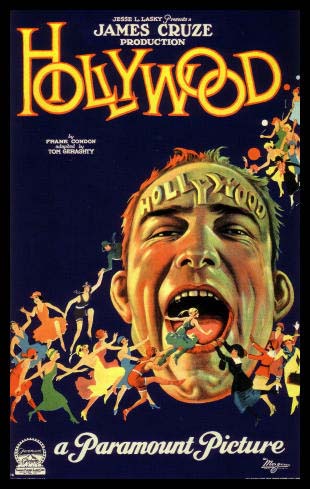
Jean-Luc Godard has credited much of the impetus of the French New Wave to the fact that the young filmmakers who created the movement had spent so
much time watching silent movies, courtesy of Henri Langlois, the great
film collector and founder of the Cinematheque Francaise.
Godard believed that the radically alien aesthetic of silent movies allowed
these young filmmakers to see the medium with fresh eyes, freed from
the expectations of current style enforced by the habits and dictates
of the French national film industry and the Hollywood studio system.
Godard also said that the principal idea of the New Wave was to get everybody
out of filmmaking who didn’t belong in filmmaking — to wrest control
of the medium from corporate functionaries and state bureaucrats and
return it to those who actually created movies.
Today, when corporate control of popular movies is nearly absolute, and
forcing its range of possibility into narrower and narrower limits, a
study of silent cinema is even more likely to inspire the sort of
resistance that will be required to rescue movies from corporate
perversion and reclaim them for humane expression on behalf of the
culture at large.
D. W. Griffith once said, paraphrasing Joseph Conrad, “What I’m trying to do after all is make you see.”
Look.
